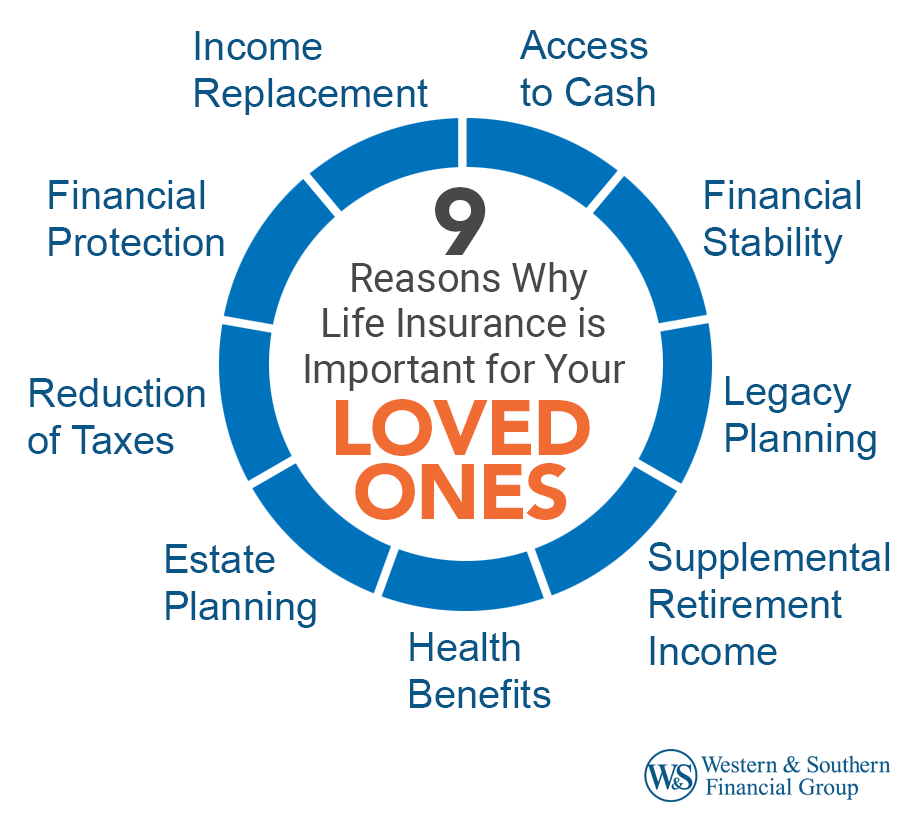The Basic Principles Of Pacific Prime
The Basic Principles Of Pacific Prime
Blog Article
How Pacific Prime can Save You Time, Stress, and Money.
Table of ContentsWhat Does Pacific Prime Do?Some Of Pacific PrimeNot known Details About Pacific Prime How Pacific Prime can Save You Time, Stress, and Money.Unknown Facts About Pacific Prime

This is since the data were collected for a period of solid financial efficiency. Of the estimated 42 million people that were uninsured, all yet concerning 420,000 (regarding 1 percent) were under 65 years of age, the age at which most Americans come to be eligible for Medicare; 32 million were grownups in between ages 18 and 65, about 19 percent of all adults in this age; and 10 million were kids under 18 years old, concerning 13.9 percent of all children (Mills, 2000).
These quotes of the variety of persons uninsured are produced from the yearly March Supplement to the Current Population Survey (CPS), carried out by the Demographics Bureau. Unless otherwise noted, national quotes of individuals without health insurance coverage and percentages of the populace with different kinds of insurance coverage are based upon the CPS, one of the most widely used source of quotes of insurance policy protection and uninsurance rates.
About Pacific Prime

Still, the CPS is especially beneficial since it creates annual estimates fairly promptly, reporting the previous year's insurance policy coverage estimates each September, and due to the fact that it is the basis for a regular collection of quotes for more than 20 years, enabling for analysis of trends in coverage with time. For these factors, along with the considerable use of the CPS in other researches of insurance protection that are provided in this report, we count on CPS quotes, with restrictions noted.

The quote of the number of uninsured people broadens when a population's insurance standing is tracked for a number of years. Over a three-year duration beginning early in 1993, 72 million individuals, 29 percent of the U.S. https://www.anyflip.com/homepage/fcter#About. populace, were without coverage for at the very least one month. Within a single year (1994 ), 53 million people experienced a minimum of a month without insurance coverage (Bennefield, 1998a)
Six out of every 10 uninsured grownups are themselves utilized. Functioning does enhance the possibility that one and one's household members will certainly have insurance, it is not a warranty. Even participants of families with two permanent breadwinner have almost a one-in-ten possibility of being without insurance (9.1 percent without insurance rate) (Hoffman and Pohl, 2000).
Not known Details About Pacific Prime
New immigrants make up a substantial percentage of people without health insurance coverage. One evaluation has actually attributed a considerable part of the current growth in the size of the U.S. uninsured populace to immigrants that arrived in the nation between 1994 and 1998 (Camarota and Edwards, 2000). Recent immigrants (those that came to the USA within the previous 4 years) do have a high price of being uninsured (46 percent), however they and their kids make up simply 6 percent of those without insurance across the country (Holahan et al., 2001).
The relationship between medical insurance and access to care is well developed, as documented later in this phase. Although the relationship in between wellness insurance and health end results is neither straight neither basic, an extensive clinical and health and wellness services study literature links medical insurance coverage to better accessibility to care, much better high quality, and enhanced personal and population health and wellness status.
Levels of analysis for examining the effects of uninsurance. This conversation of medical insurance coverage concentrates mainly on the U.S. populace under age 65 because basically all Americans 65 and older have Medicare or other public insurance coverage. It focuses specifically on those without any kind of wellness insurance for any length of time.
Little Known Facts About Pacific Prime.
The troubles faced by the underinsured are in some aspects similar to those encountered by the without insurance, although they are usually much less severe. Wellness insurance coverage, however, is neither needed other nor sufficient to obtain access to clinical services. The independent and direct effect of wellness insurance protection on access to wellness solutions is well established.
Others will certainly acquire the health care they require even without medical insurance, by spending for it out of pocket or seeking it from companies that provide treatment complimentary or at very subsidized rates. For still others, medical insurance alone does not make certain receipt of treatment due to other nonfinancial barriers, such as a lack of healthcare suppliers in their community, restricted accessibility to transportation, illiteracy, or etymological and cultural distinctions.
The Ultimate Guide To Pacific Prime
Official research regarding uninsured populaces in the United States dates to the late 1920s and early 1930s when the Board on the Price of Medical Treatment produced a series of reports about financing doctor workplace gos to and hospitalizations. This problem became salient as the numbers of medically indigent climbed during the Great Depression.
Report this page